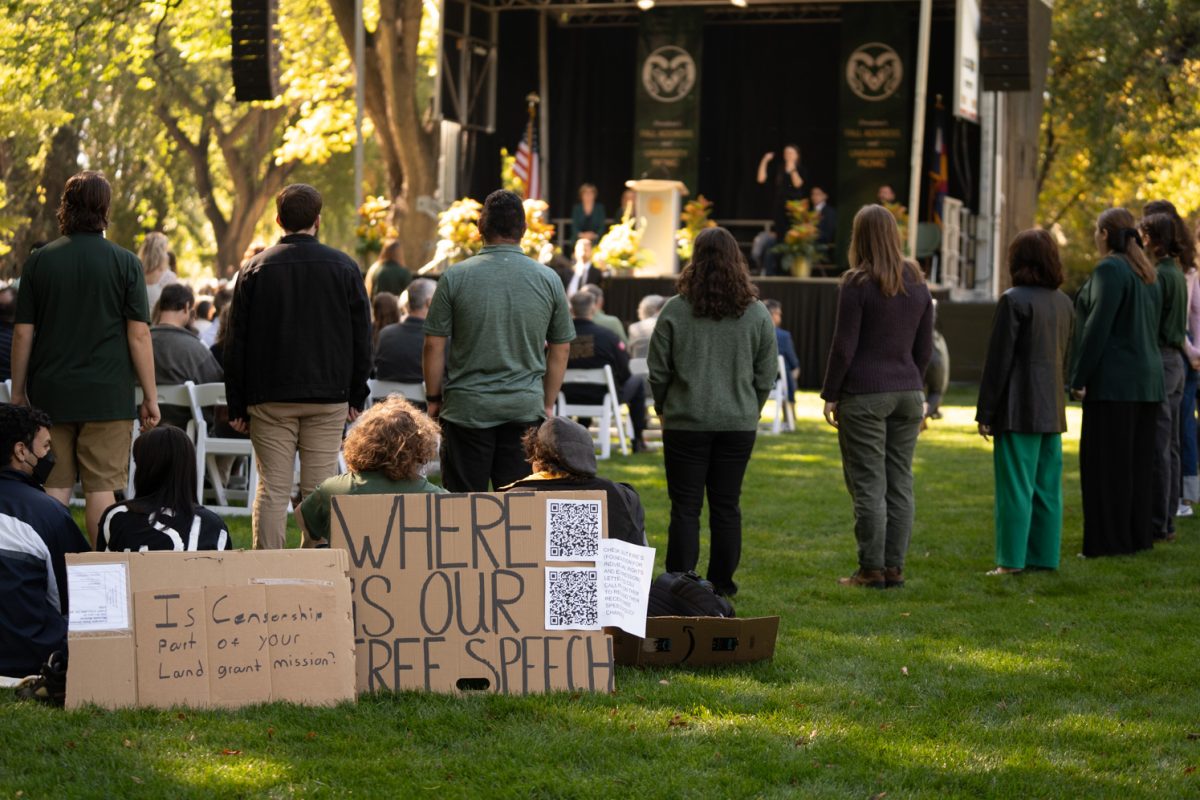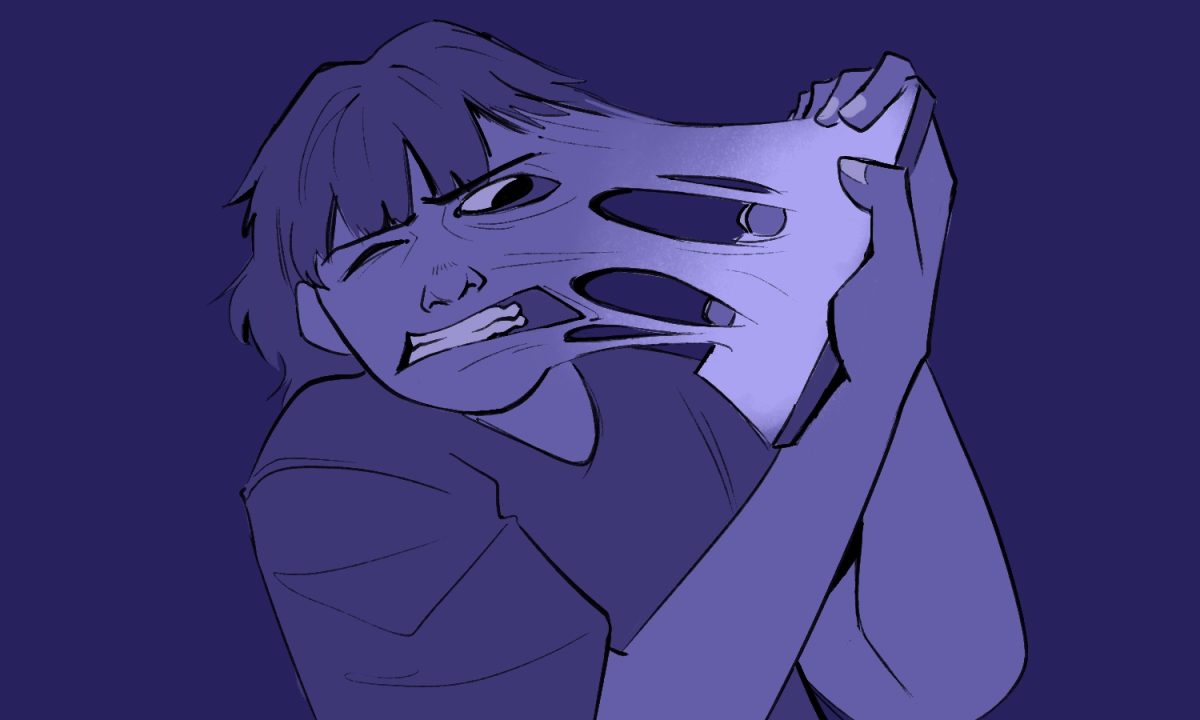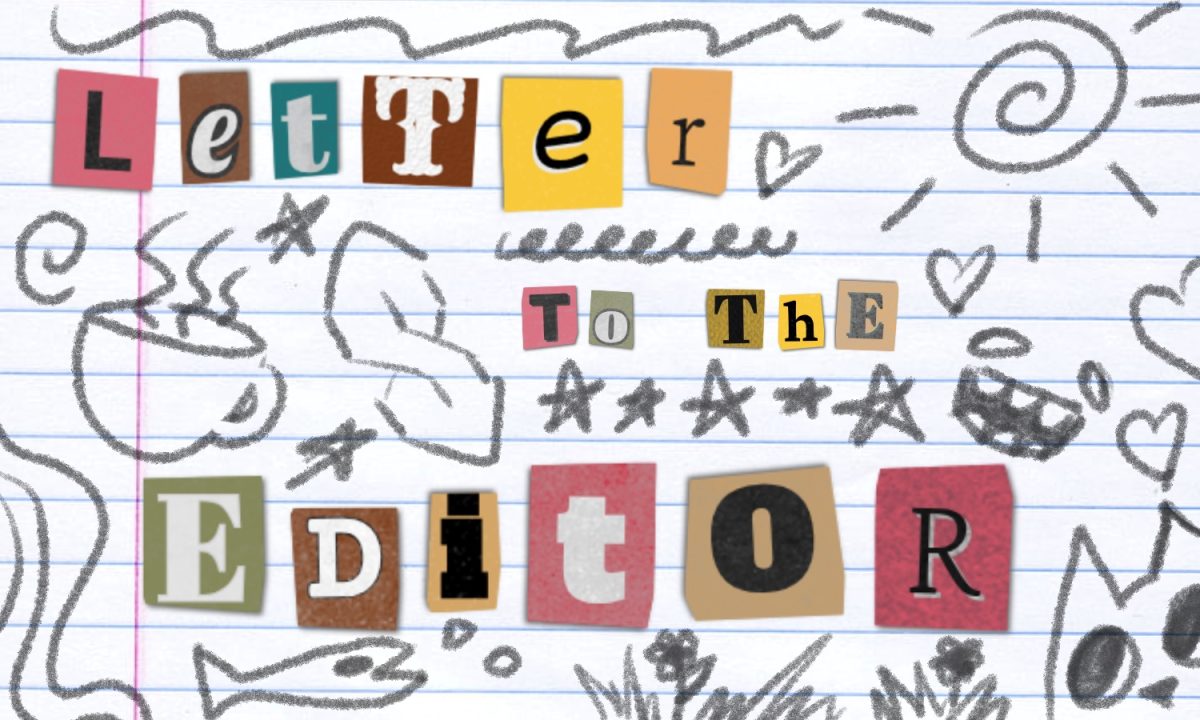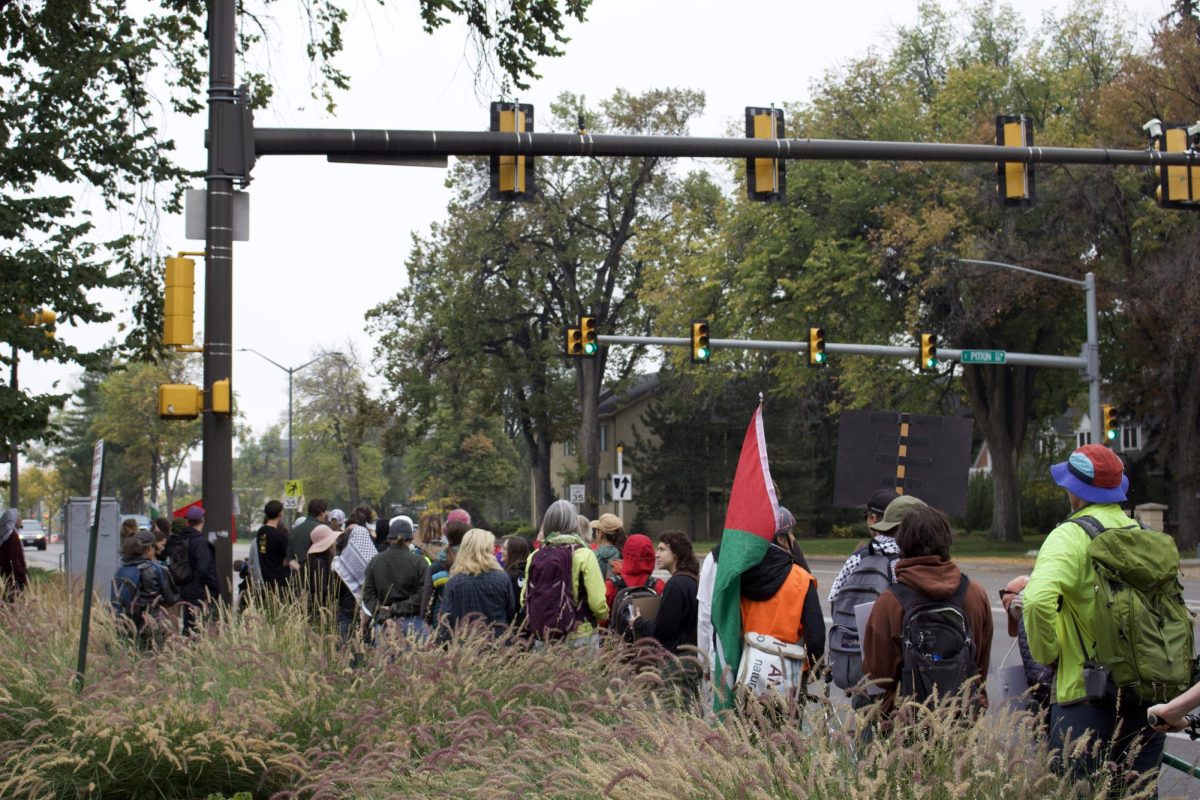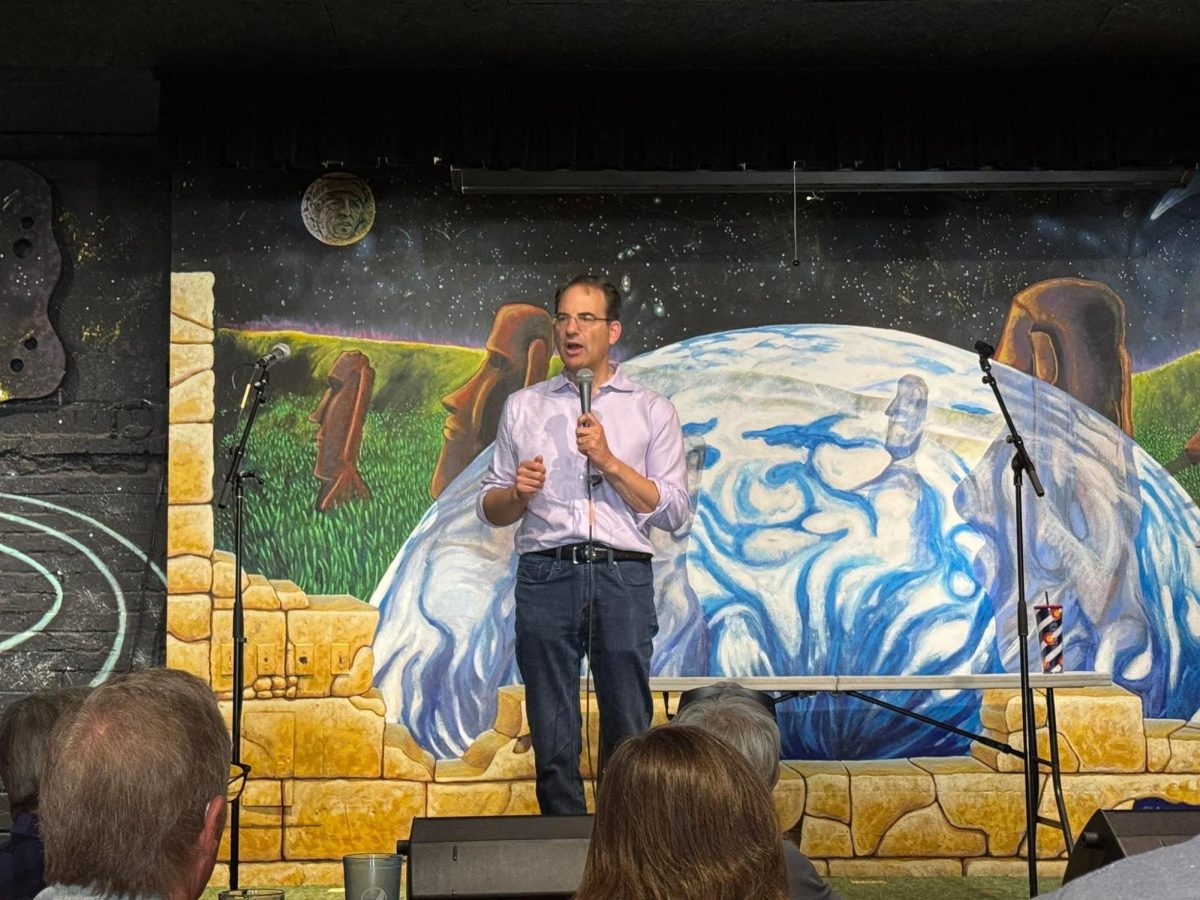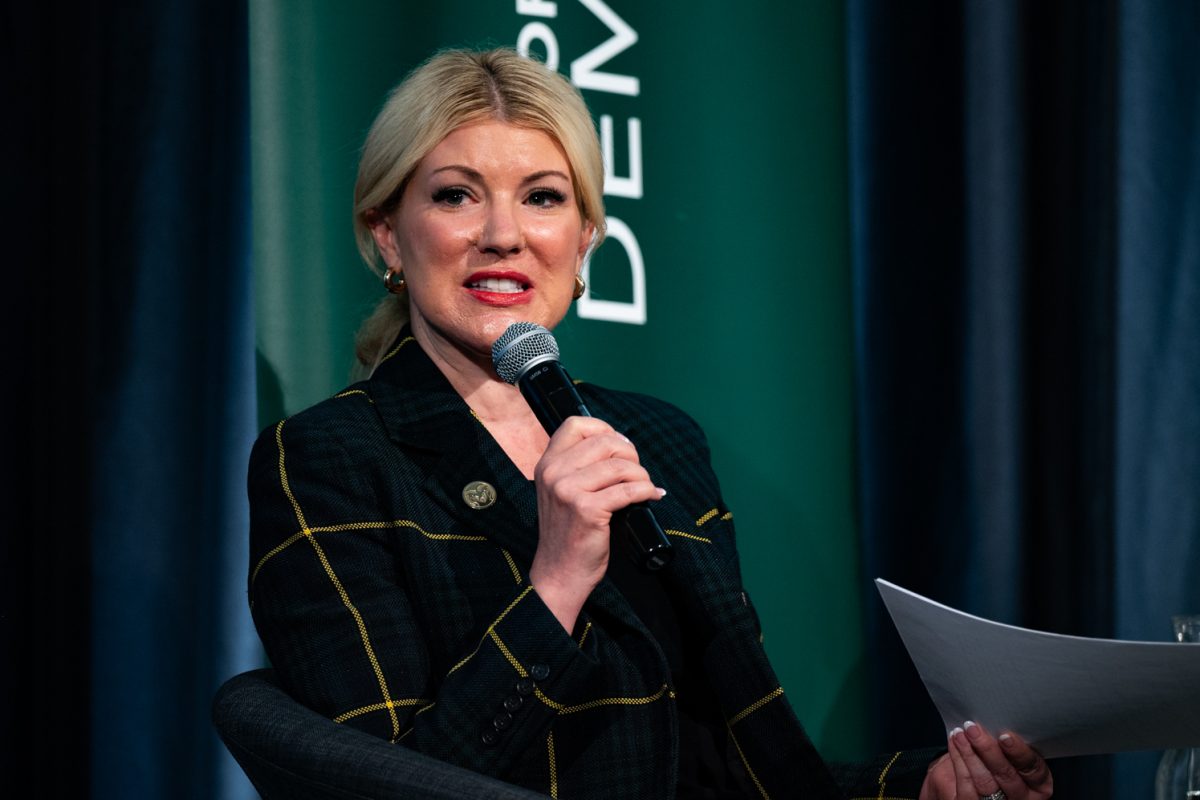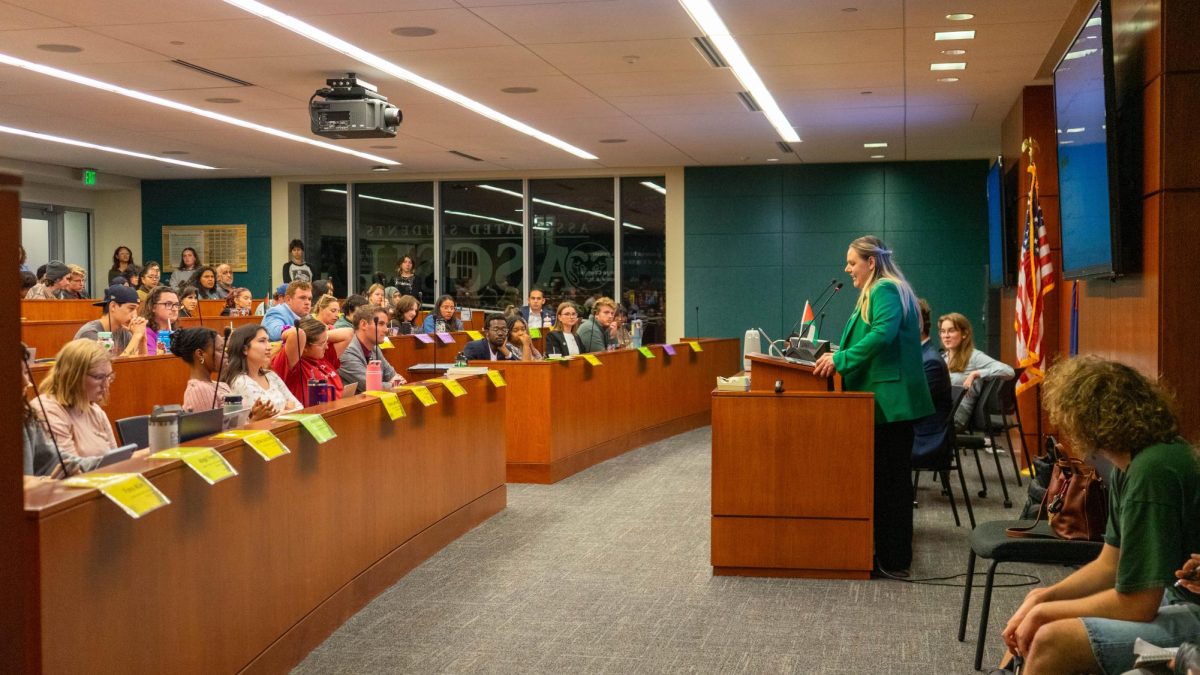Women have been at Colorado State University the whole time – you just didn’t hear about them.
Emily Amedee, a graduate student in the communication studies department, set out on an archival research project thinking she would find that there was a historical lack of women at CSU but instead found that women have been here since day one.
“In my mind, I was really going to the archives to find women that had been silenced and do them justice and look at the process of women scholars being invited into the academy,” Amedee said. “To my surprise, I was overwhelmed by the number of women that are in our history.”
In her research, Amedee discovered that out of the three people in the first graduating class in the 1880s, one was a woman named Elizabeth “Libby” Coy, who was followed by many others learning at and shaping the University.
Amedee said this taught her that inequity problems which women face in higher education, and specifically at CSU, didn’t come from an absence of women before the early 1900s, but rather from decisions to gender opportunities later in time. Currently, she is doing more in-depth research into the history of women of color at CSU.
“I’m hesitant to just spout out outstanding women in our history because I don’t know how productive that is,” Amedee said. “We do have opportunities to find exceptional women in our history, but that can also shadow or excuse the fact that we had a community of women that were here and successful, not just exceptional.”
In order to change the way women are talked about at CSU, Amedee said the narrative has to be shifted from one where women forced their way into higher education during the feminist movement to the reality that communities of women were present and formative in the 19th century.
“I’m excited that someone is digging into the history of the influence that women have had on CSU as an institution,” wrote communications studies professor Karrin Vasby Anderson in an email to The Collegian. “We need research that documents the ways in which women not only have been part of the CSU community since its founding, but also shaped its institutional culture.”
Amedee said she doesn’t believe that the history of women at CSU was maliciously covered up, but that the stories that are told and the information which is deemed historically important varies greatly between different people. She found a history of women at CSU because she was searching for it specifically.
While historically the number of women in administration is low, women permeate the “administrative backbone,” of higher education as an industry, Amedee said.
She said in order to change how women at CSU and in higher education are viewed and talked about, people need to discuss the role of women in the development of high education institutions and the massive role they play today.
“I hope that we can build that and get curious,” Amedee said. “I want to stop looking up for iconic women and I want to start looking around. When I look around, I’m surrounded by powerful, brilliant, wonderful, kind, insert a million other descriptors, women.”
Ravyn Cullor can be reached at news@collegian.com or on Twitter @RCullor99.




